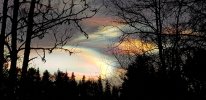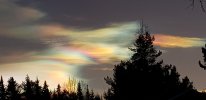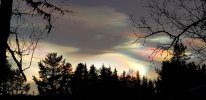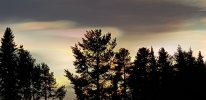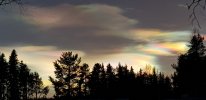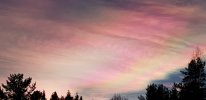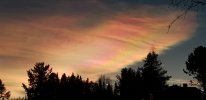Generally, the large ozone holes are known for the atmosphere over the South Pole. But now unusually cold weather over the North Pole gives a particularly large hole in the ozone layer there.
The first couple of days the hole will be mostly over northern Scandinavia. Then it will probably move inland to western Norway and cover most of the country. The hole in the ozone layer over the Arctic has been there for a few weeks. It is probably the largest we have seen in the north so far, says senior researcher Tove Svendby.
The reason why we get such a large hole in the ozone layer now has to do with the low temperatures in the stratosphere, 15-30 kilometers above the ground. Pearl clouds form up here when it is very cold, below 80 degrees Celsius. They are usually seen only in winter in polar regions.
When the sun shines on the clouds from the underside, the sun's rays are broken in the ice crystals. This is how the beautiful mother-of-pearl effect occurs.
